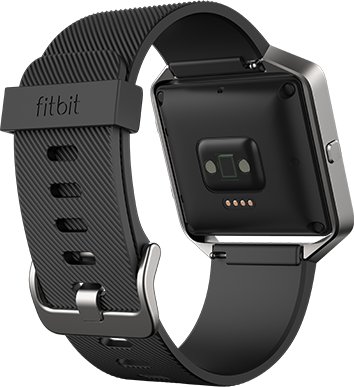-
Products
-
-
WATCHES
-
TRACKERS
-
MORE PRODUCTS
-
- Not sure which product is right for you? COMPARE PRODUCTS
-
- Why Fitbit
- Get Motivated
- App & Dashboard
- Help




















